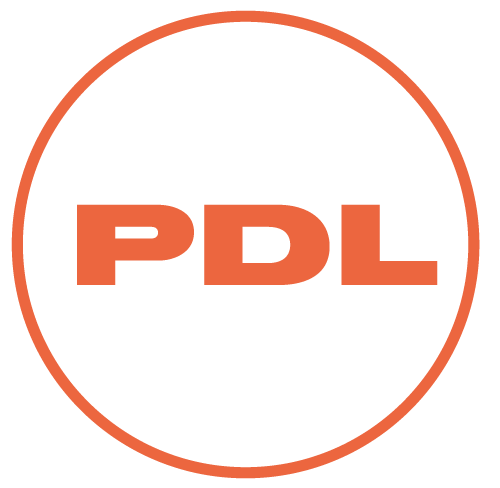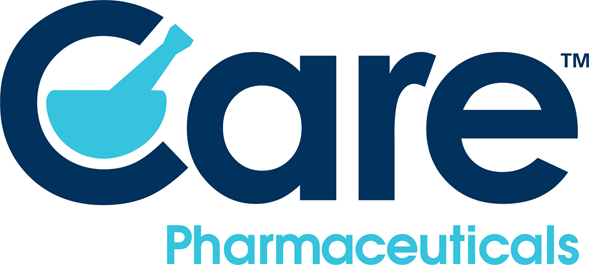High blood sugar levels in uncontrolled diabetes can lead to Proliferative Diabetic Retinopathy (PDR), the pathological growth of new blood vessels on the retina’s surface in response to an ischemic insult that results in pericyte death along the microcapillaries’ walls. Such compensatory neovascularization and the development of abnormal collateral vessels can affect the neural retina, which is the leading cause of vision loss in young and middle-aged adults.
Currently, the only pharmaceutical therapy for this disease is a universal endocrine peptide molecule called somatostatin (SST). SST is the pituitary growth hormone (GH) inhibitor that is produced and exerts its inhibitory effect in the central nervous system (CNS), peripheral nervous system (PNS), and enteric nervous system (ENS). Suppressing the GH in the periphery by utilizing SST or its analogues affects the insulin-like growth factor-1 (IGF-1)-mediated angiogenesis leading to mitigation in retinal neovascularization.
Nevertheless, the current administration of such agents is available only in injection into the eye site associated with severe and traumatic pain leading to a significantly low degree of compliance by patients. This study aims to develop a crosslinked solid hydrogel as a slow-release matrix to deliver somatostatin into the eye. Therefore, it is essential to investigate the macro/microstructural characteristics, diffusion kinetics of the matrix, and the biological effectiveness of the released peptide. Students undertaking the project will gain experience in formulating and evaluating the release of the model drug from hydrogels using FTIR, SEM, advanced rheometers and HPLC. In addition, students will have the opportunity to advance their research skills in biotechnology and drug delivery.
The project is the evaluation of the Partnered Pharmacist Medication Charting service at Flinders Medical Centre. This was the first site in South Australia to implement PPMC, a service where clinical pharmacists are able to work beyond their scope of practice through interprofessional collaboration with doctors in Acute Medicine Unit and General Medicine. PPMC involves the pharmacist proactively contributing to patient care by also charting medicines for inpatients, which is known to lead to significantly reduced medication errors and lengths of stay.



NAPSA acknowledges our First Nations people as the Traditional Custodians of the land and waterways and pay our respects to elders past and present. We acknowledge that the land we live, work, and play on, always was, and always will be, Indigenous land and that sovereignty was never ceded. NAPSA recognises their connection to Country and role in healthcare over thousands of years.















Select your desired option below to share a
direct link to this page.
Your friends or family will thank you later.